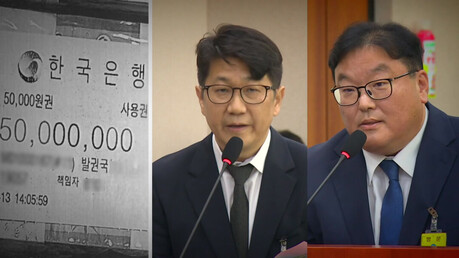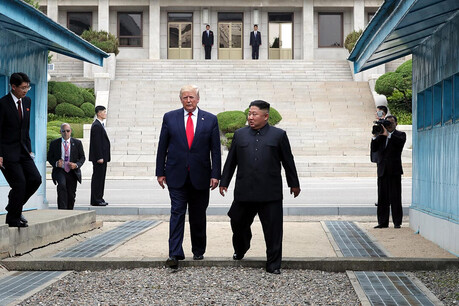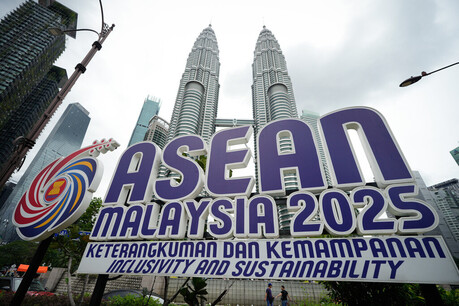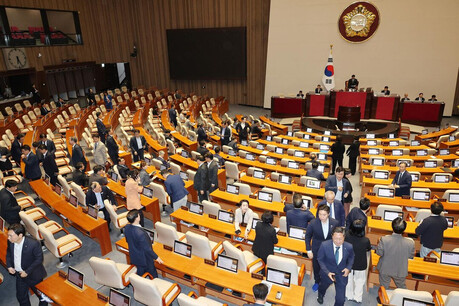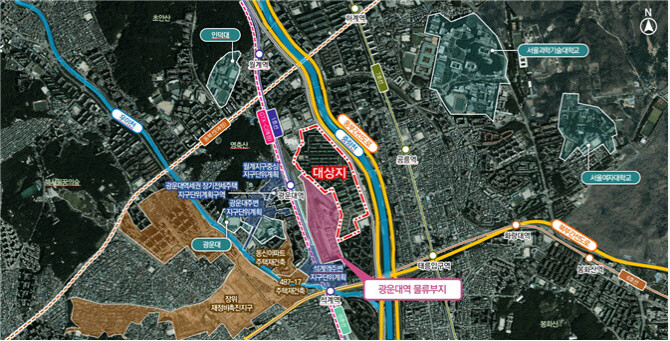
Seoul, South Korea – Seoul City has approved a plan to redevelop the Wolgye 2 district in Nowon-gu, transforming it into a large-scale residential complex with 6,700 households. The decision was made at the 15th Urban Planning and Architectural Committee meeting held on November 13th.
Wolgye 2 District Redevelopment
The Wolgye 2 district, developed in the 1980s, is home to approximately 5,000 households in the Miseong, Miryung, and Samho apartments. With the aging of these buildings and the ongoing development of the nearby Gwangwoon University station area, the redevelopment of Wolgye 2 has gained momentum.
The redevelopment project will create a new residential complex with a focus on water-friendly design, taking advantage of the nearby Chungrangcheon River. The zoning regulations will be adjusted to allow for higher-density development, with buildings reaching up to 120-170 meters in height.
To improve connectivity and address the district's current isolation, the project will include new roads that cross the railway and the Dongbu Expressway. Pedestrian walkways will also be constructed to enhance accessibility and promote a more pedestrian-friendly environment.
Suseok-DMC Area Development
In addition to the Wolgye 2 redevelopment, the committee also approved a plan to redevelop the Suseok-Digital Media City (DMC) area, spanning Mapo-gu and Eunpyeong-gu. The plan aims to expand the functions of the DMC by creating a mixed-use development with commercial and residential spaces.
The central area around Suseok Station will be developed into a cultural and tourism hub. The area will feature cultural facilities, convention centers, retail spaces, and accommodations. A public cultural support center and an international exchange center for young professionals and students will also be established.
To improve accessibility and pedestrian connectivity, the plan includes widening an underground road, constructing wider pedestrian bridges, and creating a public pedestrian walkway connecting Suseok Station and DMC Station.
[Copyright (c) Global Economic Times. All Rights Reserved.]
















